Ulrich Wurstbauer & Mohamed Nassar
How to develop an autonomous car end-to-end: Robotic Drive and the mobility revolution
#1about 12 minutes
Overview of DXC Loft's automotive solutions and expertise
The company provides end-to-end automotive solutions, including autonomous drive and digital cockpit, for major OEMs and tier-one suppliers.
#2about 3 minutes
Understanding the disruptive shift to high-level vehicle autonomy
Moving from driver-assist (Level 2) to full autonomy (Level 3+) requires a massive increase in R&D investment and a shift to data-driven development.
#3about 11 minutes
Managing massive data scales with the Robotic Drive platform
The Robotic Drive solution uses a geo-distributed data lake and containerized computing clusters to ingest, store, and process petabytes of real-world and virtual driving data.
#4about 13 minutes
Using virtual validation and simulation for scalable testing
Digital twins and gaming engine-based simulations are used to test autonomous functions across billions of virtual miles, covering diverse environmental conditions and edge cases.
#5about 8 minutes
Integrating autonomous software into complex vehicle hardware
Deploying algorithms into the vehicle requires navigating a complex embedded environment with safety-critical microcontrollers, certified operating systems, and standards like ISO 26262.
#6about 29 minutes
The automotive industry's shift to software-centric development
The traditional hardware-centric OEM model is evolving into a software-centric approach where OEMs integrate software from multiple suppliers using rapid CI/CD pipelines.
Related jobs
Jobs that call for the skills explored in this talk.
Matching moments

29:07 MIN
The multidisciplinary future of automated driving development
Automated Driving - Why is it so hard to introduce
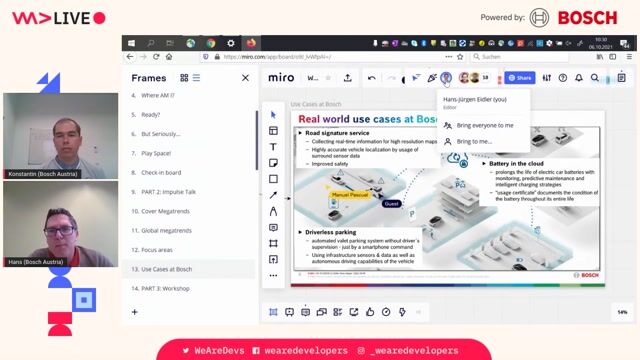
27:16 MIN
Exploring real-world automotive use cases from Bosch
On developing smartphones on wheels

07:47 MIN
Developing the software-defined vehicle (SDV)
Harnessing the Power of Open Source's Newest Technologies
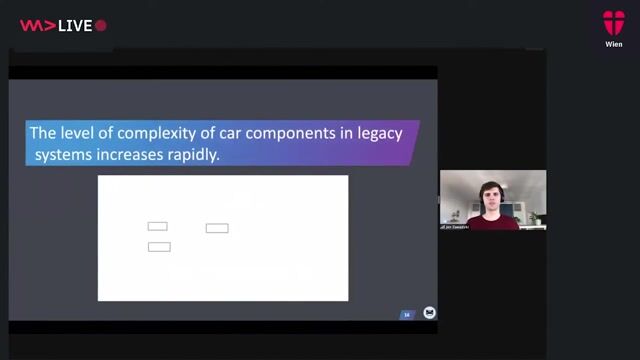
17:57 MIN
Challenge two: Adapting legacy architectures and processes
How Machine Learning is turning the Automotive Industry upside down
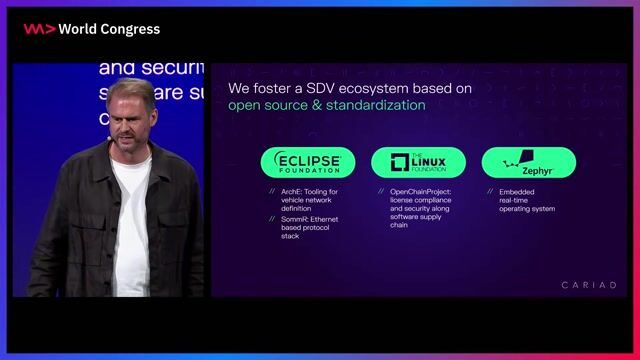
26:07 MIN
Why the software-defined vehicle is the ultimate scale game
Software defines the vehicle: Why customers and developers will love cars even more
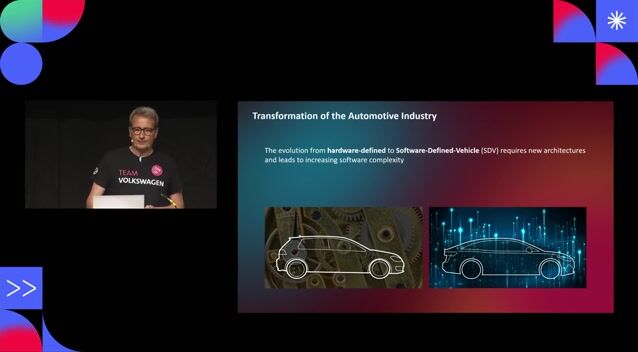
00:43 MIN
The automotive industry's shift to software-defined vehicles
Cybersecurity for Software Defined Vehicles
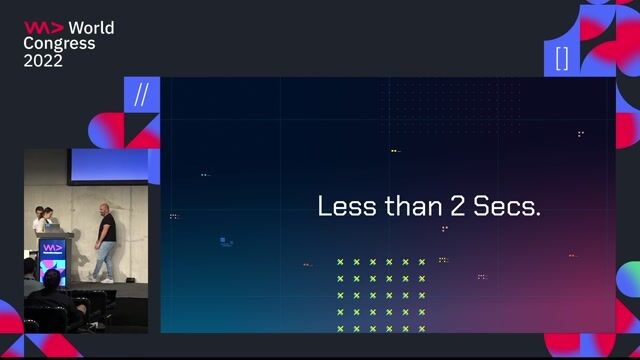
30:03 MIN
Q&A on development, challenges, and platform security
Sustainable Mobility – Giravolta
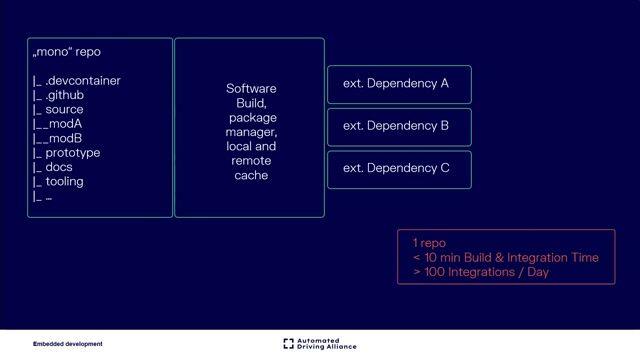
19:31 MIN
Scaling the testing pipeline across multiple levels
Code to Road in < 12 hours
Featured Partners
Related Videos
 1:51:43
1:51:43On developing smartphones on wheels
Hans-Jürgen Eidler
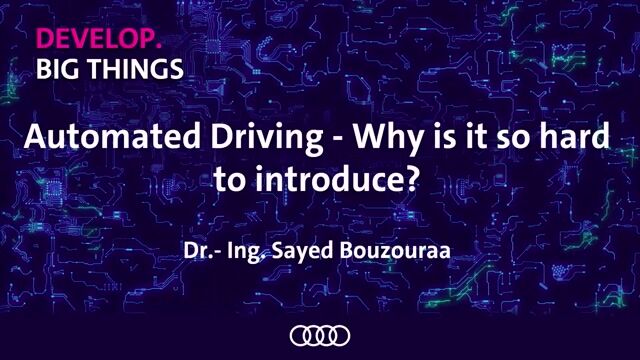 31:23
31:23Automated Driving - Why is it so hard to introduce
Sayed Bouzouraa
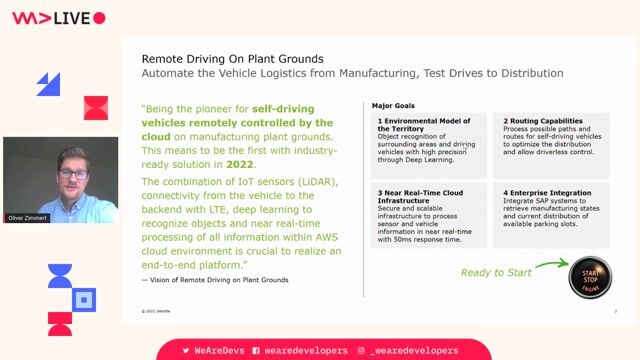 48:54
48:54Remote Driving on Plant Grounds with State-of-the-Art Cloud Technologies
Oliver Zimmert
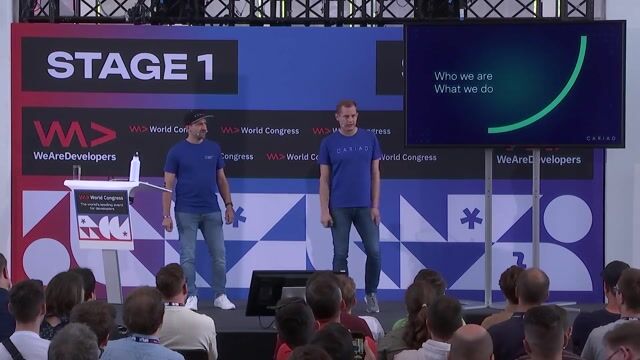 30:13
30:13Code to Road in < 12 hours
Sebastian Roßner & Lukas Sucher
 1:47:33
1:47:33The future of automotive mobility: Upcoming E/E architectures, V2X and its challenges
Georg Kühberger & Manuel Pascual
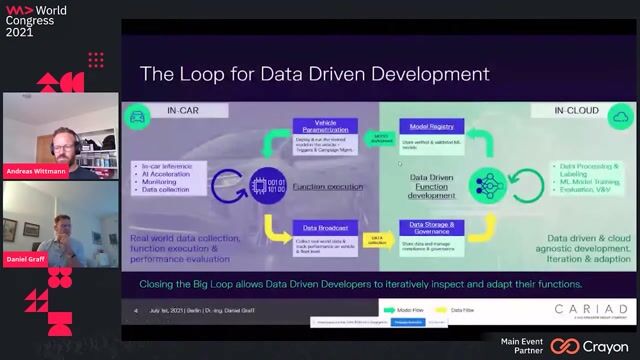 38:12
38:12Developing an AI.SDK
Daniel Graff & Andreas Wittmann
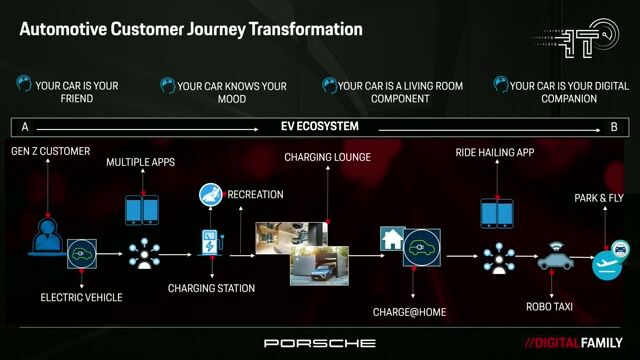 21:47
21:47Car's are Technology on Wheels - Impact of Software and IT Competence in Automotive
Rahima Yakoob
 26:55
26:55How Machine Learning is turning the Automotive Industry upside down
Jan Zawadzki
Related Articles
View all articles



From learning to earning
Jobs that call for the skills explored in this talk.

Embedded Softwareentwickler (m/w/d)
Arnold NextG GmbH
München, Germany
Intermediate
Embedded C
Functional safety

Machine Learning & Data Engineer - AI for Autonomous Systems
RIB Deutschland GmbH
Stuttgart, Germany
Python
Machine Learning

Entwickler Embedded Software für autonomes Fahren
dspace digital signal processing and control engineering GmbH
Paderborn, Germany
Remote
C++
GIT
Linux
DevOps
+1

Ingenieur Hardwareentwicklung für autonomes Fahren und Elektromobilität
dspace digital signal processing and control engineering GmbH
Paderborn, Germany
Remote
VHDL

Software Development Engineer - Remote Driving (F/H)
Alstom
Villeurbanne, France
QT
C++
React
DevOps
Python
+5

Entwicklungsingenieur ADAS / AD-Systeme - Systemvalidierung
FDTech GmbH
Chemnitz, Germany
Python
Test Case Design

Software Developer Fahrsimulation & XR CARISSMA
Technische Hochschule Ingolstadt
Ingolstadt, Germany
Remote
Java
Unity

